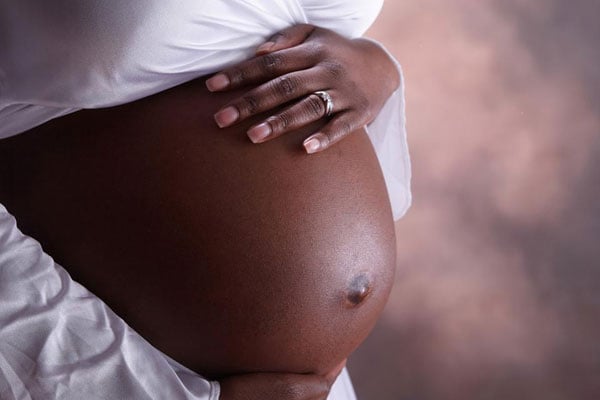Museveni directs Works officials to back off SGR

The SGR team inspect an area in Tororo District where the lines are to pass and made findings on how many people would be affected on September 28, 2016. PHOTO | RACHEL MABALA
What you need to know:
- Uganda and Kenya first agreed to construct the SGR in 2008 but the arrangement was not concretised until 2012. By then, Kenya was on the last stages of negotiations with China for the Mombasa-Nairobi SGR line, whose loan was released in 2014. Uganda’s SGR was launched in 2014.
President Museveni has warned Ministry of Works technocrats against manoeuvres to disband the Standard Gauge Railway (SGR) project, which he described as government’s other “greatest priority” alongside electricity.
In a letter dated July 9, the President directed the Works and Transport minister, Gen Katumba Wamala, to rein in on officials in the ministry who for the last months have been scheming to undermine the SGR secretariat which is in charge of the project.
“Instead of disbanding it, a budget should be found to complete the compensation so that the right of way is acquired and concluded,” Mr Museveni wrote in the letter also copied to the Prime Minister and the Minister of Finance.
He added: “The negotiations with the Chinese should be completed. The CHEC Chinese Company was ready after stopping the thieves that wanted bribes.”
In the recent months, according to sources familiar with the matter, some Ministry of Works officials have been trying to undermine the project despite government deciding to temporarily focus on the old metre gauge railway line.
The plan to build SGR was further delayed by the Covid-19 pandemic which affected the Chinese economy, the project financers.
Gen Katumba told Daily Monitor yesterday by telephone that the SGR was conceived as a regional project and therefore requires inputs from the regional government for its implementation.
The SGR secretariat has been fast-tracking the payment of project affected persons along the project corridor from Malaba to Kampala. At least 3,629 project affected persons between Tororo and Mayuge districts have so far been paid out of the total of 4,585 mapped.
The first section of Uganda’s SGR is expected to run 273km from Malaba to Kampala at a cost of $2.1b. The engineering, procurement and construction contract was signed with China Harbour Engineering Company (CHEC).
Uganda’s SGR will only be viable after Kenya completes its remaining sections—266km line from Naivasha to Kisumu port at a cost of $3.6b (Shs13t), and later the 107km line connecting to Malaba expected to cost $1.7b (Shs6t).
Background
Agreement
Uganda and Kenya first agreed to construct the SGR in 2008 but the arrangement was not concretised until 2012. By then, Kenya was on the last stages of negotiations with China for the Mombasa-Nairobi SGR line, whose loan was released in 2014. Uganda’s SGR was launched in 2014.




